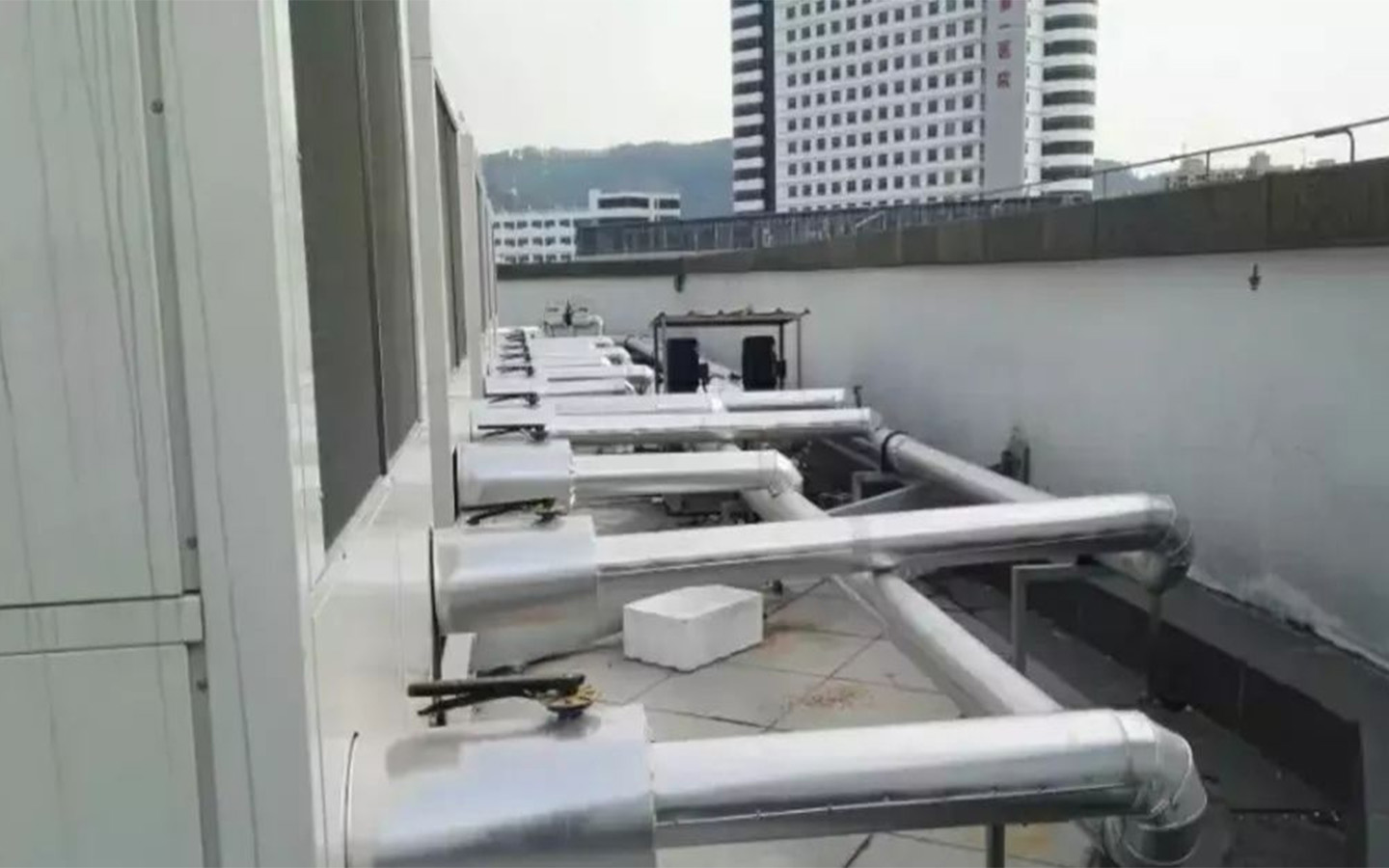
The impact of central air-conditioning system noise on the environment and the rooms in use cannot be ignored. It is particularly critical to perform noise elimination, sound insulation, sound absorption, and shock absorption treatments on the air-conditioning system. Ultimately, during the actual engineering design and construction process, the noise in the rooms and surrounding buildings will be reduced. Meet regulatory requirements and meet people’s requirements for environmental comfort.
1.Sources of noise in central air conditioning systems
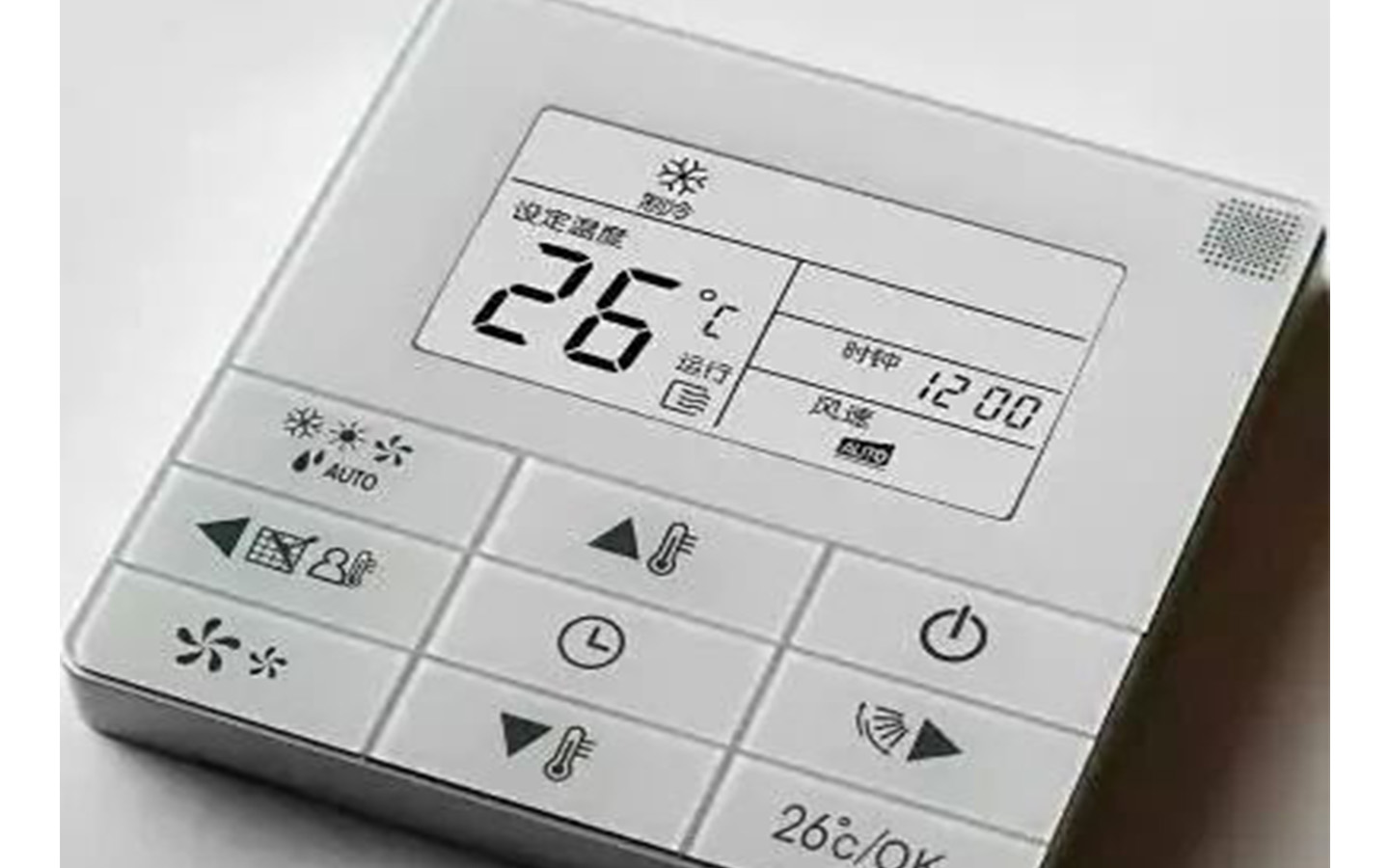
The main noise sources include the following aspects:
① Noise and vibration of refrigeration units, cooling tower noise and vibration, in addition to its auxiliary equipment water pumps, water treatment, etc.;
② The air blows out from the air supply port to create wind noise;
③ Noise caused by friction and vibration of air flowing in the air duct;
④ The flow of chilled water in the chilled water pipes produces the sound of water flow and the noise caused by the vibration of water pipes;
⑤ Mechanical noise caused by the operation and vibration of equipment such as air conditioners and fan coil units;
⑥ The resonance sound that may be generated by other external noise sources and the above-mentioned noise sources, etc.
⑦ The noise of the air conditioning system mainly comes from the ventilation and air conditioning system.
2. Central air conditioning noise control methods
Noise control of air conditioning systems involves noise elimination, sound insulation, sound absorption and vibration isolation. The transmission methods of air conditioning noise include air sound transmission and solid sound transmission. Solid-state sound transmission mainly includes the transmission of vibrations of refrigeration units, cooling towers, air conditioners, fan coils, pipelines and other equipment. Airborne sound transmission includes noise transmission in air ducts and direct noise radiation at the end.
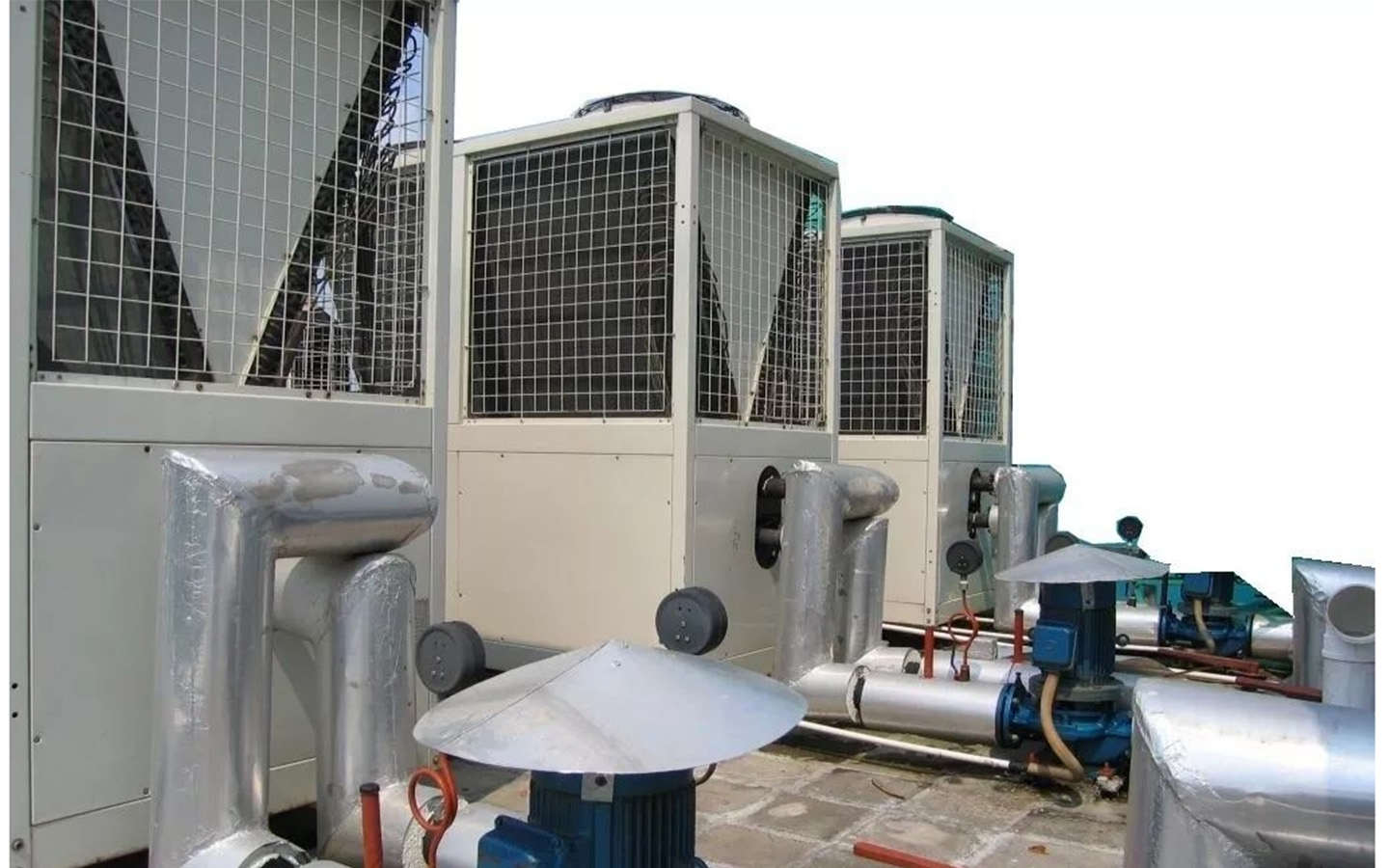
Choose appropriate low-noise equipment to control noise at the source
① Use reasonable air conditioning to reduce noise;
② To reduce the sound of wind and water flow, the chilled water velocity should be controlled at about 1.5m/s, the branch pipe wind speed should be ≤3.5m/s, and the main air duct wind speed should be ≤4m/s. Use appropriate wind speed and chilled water velocity;
③ Choose advanced quality low-noise equipment. For the refrigeration host, you should choose a compressor with relatively small vibration. For the water pump, try to choose a low-speed pump with a speed of ≤450rpm. New fan equipment and fan coils should be located in public areas or office areas. , in the rest area, so products with good quality and low noise must be selected, and the noise can be directly transmitted to the crowd.
2.Air conditioning system silencer
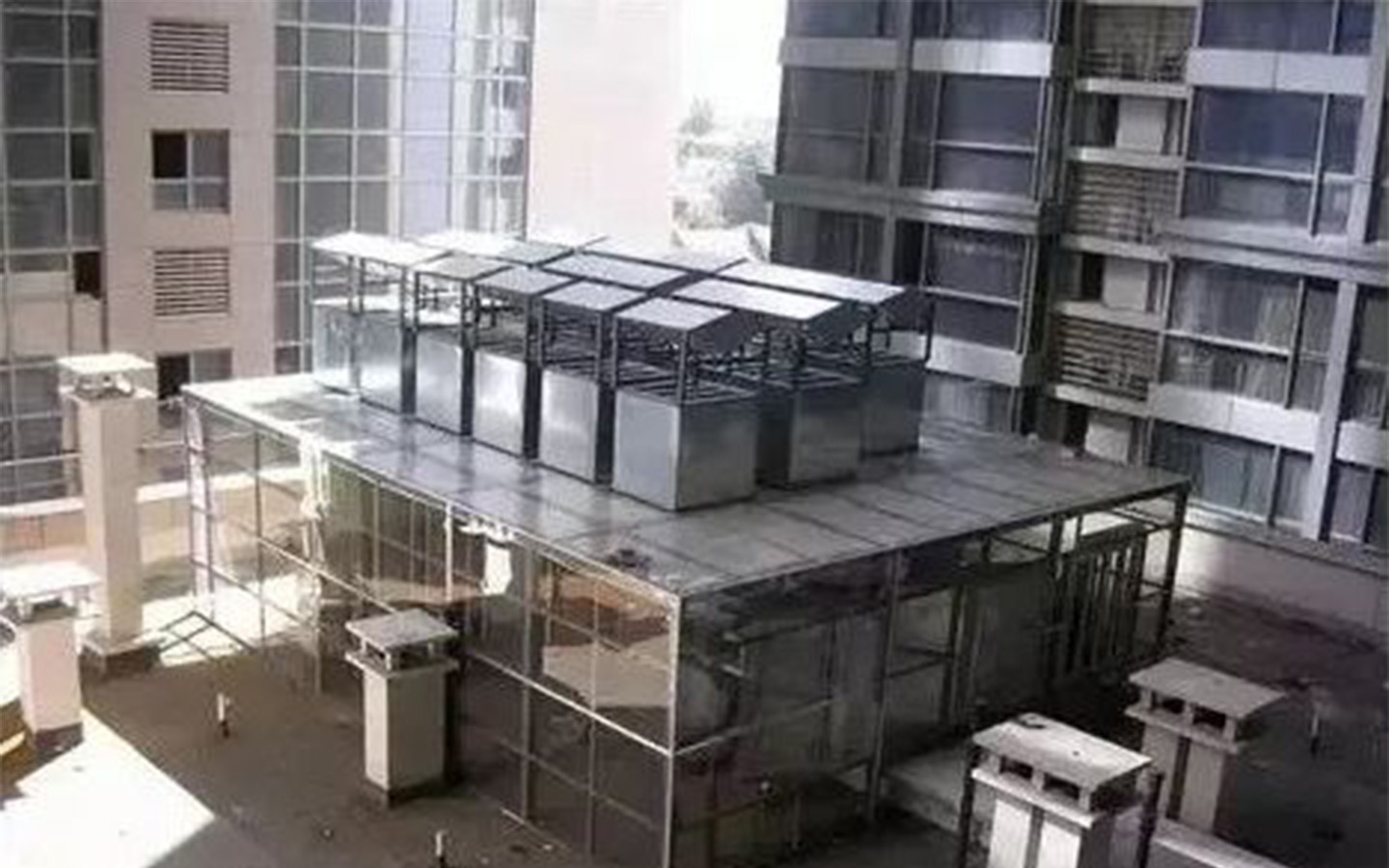
A muffler is an airflow duct with a sound-absorbing lining or a special structure that can effectively reduce noise. It can not only effectively reduce noise, but also allow the airflow to pass smoothly. It is usually necessary to install a muffler in the ventilation duct to reduce the noise sound pressure level. .
It is mainly used to control the noise of air conditioning equipment such as air conditioning units from being transmitted to the air conditioning service area and air flow noise in the air duct through ventilation ducts. In noise control technology, mufflers are the most widely used noise reduction equipment. It is used to silence the air inlet and outlet of air conditioning rooms, boiler rooms, refrigeration rooms and other equipment rooms.
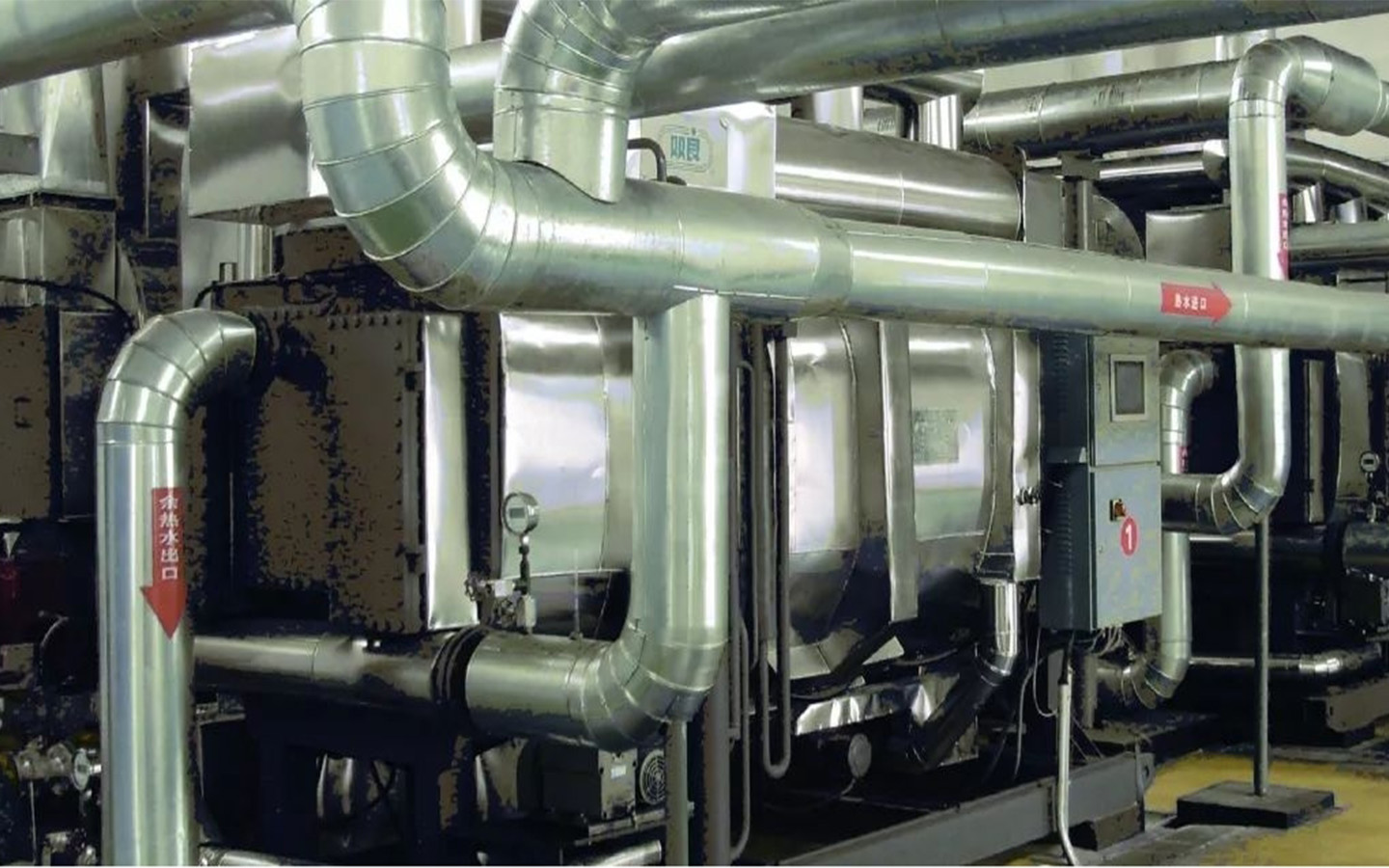
4. Vibration isolation measures for air conditioning equipment
The method of attenuating vibration is to eliminate the rigid connection between the source of vibration and the receiver. To control the noise of air conditioning system equipment, it is necessary to control the solid sound transmitted by the vibration of air conditioning units and refrigeration equipment, and at the same time reduce the fan noise transmitted by ventilation ducts and the equipment noise transmitted through the enclosure structure. Only in this way can the air-conditioned room reach the predetermined allowable noise control standards.






 Español
Español Русский
Русский Tiếng Việt
Tiếng Việt 中文
中文 suomi
suomi Français
Français Português
Português English
English Deutsch
Deutsch Français
Français Español
Español Italiano
Italiano Português
Português Pусский
Pусский


